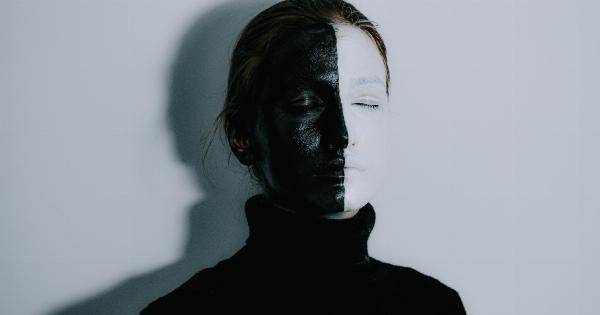The creative process has long been linked to mental health, and there is a rich history of artists who capture their experiences with conditions like depression, anxiety, and bipolar disorder in their work.
Often, these works offer a window into the mind of someone grappling with mental health issues, depicting the pain, confusion, and mystery that can be difficult to articulate in words alone. “Mindscapes” is an exhibit of works created by artists who have mental health disorders, showcasing the diverse ways in which creativity can be a powerful tool for healing and self-expression.
The Link Between Art and Mental Health
While mental health conditions can be debilitating, some psychologists believe that creative pursuits like art and music can help alleviate symptoms and improve overall well-being.
In some cases, art can offer a way to process and externalize difficult emotions, reducing stress and providing a sense of catharsis. It may also foster a sense of community and connection, as artists who share their work with others can find validation and support.
The Artists of Mindscapes
The artists featured in “Mindscapes” span a variety of mediums and backgrounds, but they all share a connection to mental health disorders.
Some works depict the artist’s own struggles with mental illness, while others offer a more abstract representation of the human psyche. Among the artists featured in the exhibit are:.
Sarah, Oil on Canvas
Sarah is a painter who lives with bipolar disorder.
Many of her works explore the intense emotions and shifting moods that are characteristic of the condition, using bold brushstrokes and bright colors to capture the sensation of being swept up in a manic episode. Other works provide a more subdued portrayal of depression, using muted tones and empty spaces to create a sense of isolation.
Mark, Mixed Media
Mark is an artist who has struggled with anxiety and depression for much of his life. His works combine painting, collage, and text to create layered, multi-dimensional pieces that reflect the complexity of his experiences.
While some works are somber and introspective, others are more playful and whimsical, perhaps reflecting a glimmer of hope or optimism.
Jess, Photography
Jess is a photographer who has been diagnosed with PTSD. Her works often focus on themes of memory and trauma, exploring the ways in which the past can shape our present experiences.
She frequently incorporates found objects into her compositions, using these items as a visual metaphor for the fragments of memory that we carry with us.
Heather, Sculpture
Heather is a sculptor who lives with schizophrenia. Her works are often fantastical and surreal, featuring hybrid creatures and imaginative landscapes.
She has spoken about the role that her art has played in helping her to process her experiences with psychosis, noting that it has provided a way for her to make sense of the visions and voices that can be part of the condition.
The Power of Art to Heal
While the artists of Mindscapes approach their work from different perspectives, they all share a belief in the restorative power of creativity.
For many of them, making art provides a way to channel difficult emotions and experiences into something beautiful and meaningful. Art can offer a form of self-care that is affirming, empowering, and healing.
If you or someone you know is struggling with mental health issues, know that there are resources available. Consider seeking support from a mental health professional, reaching out to a support group, or exploring creative outlets like art or music.
Every individual deserves the opportunity to live a healthy, fulfilling life, and there is help out there.






























